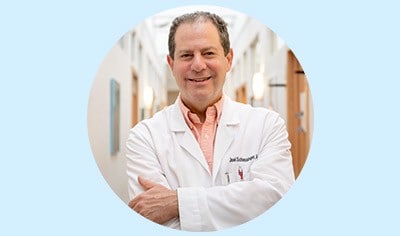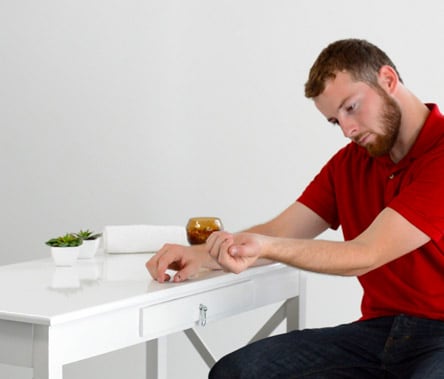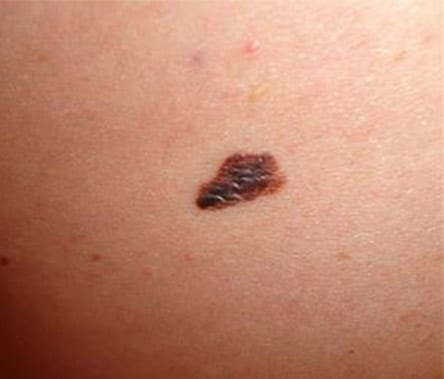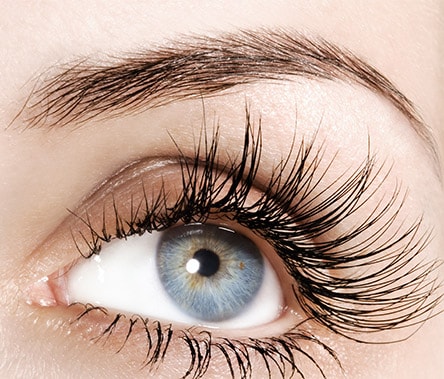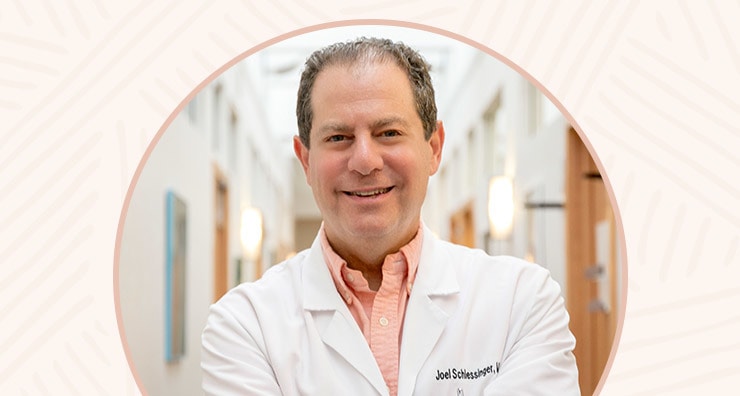
With Mother’s Day past and summer beckoning, I am taking the time to offer an update, while I hope that you are safe and adjusting to the constant drumbeat of change that is the new “normal.” We continue to see experts on TV who alternately warn us of danger, while others brush it off. In reality, they both are correct, though it is always the nuance that suffers in a 20-second soundbite.
Recently, I have been considering the relationship between hope and fear, two seemingly different, but related, emotions. It’s fairly obvious that fear predominates at this time – and for good reason. There are still people dying and, even in Nebraska, there are workers (mostly poor immigrants) in meat packing plants who are putting their lives on the line to provide food for the nation. News stories abound with new ways that the virus has evolved, along with new symptoms and the appearance of younger victims. There is no way to reconcile this anxiety with the desire to try to return to a productive life, but that is exactly what we are being told to do. How can this be made possible and how can fear be turned into hope?
“This American Life,” by Ira Glass, did a whole audio collection on the concepts of hope and fear, which are inextricably bound to each other, fighting for dominance, but the reality is that, as the participants in the collection explained, people experience both in the same situation, like a rollercoaster climbing up a grade while its occupants eagerly await the trip down with both hope and fear. That’s where we are now, waiting for the opportunity to allow for hope while fear persists.
In the context of our current situation, we have to allow for the possibility that in 12-18 months, the world will be dramatically better and the present situation will be a memory that, albeit lingering and painful, will be in the past. It happened in 1918 after the Spanish flu and in previous pandemics. Until this virus came into the public sphere, the 1918 pandemic was merely a footnote in history, despite the major devastation it caused. Let’s hope the same happens (to some degree) with this pandemic.
The challenge in my mind won’t be that of forgetting COVID as much as remembering it so we continue to implement precautions that prevent it from happening again. To some degree, we have still retained (almost to a fault) the methods instituted after 9/11 to make flying safe again for the public, so that nearly two decades later, travel continues to absorb and adhere to such measures to elevate safety. My hope is that the same thing happens after COVID – which, as of the publication of this letter, has killed nearly 30 times the number of American lives that were lost on 9/11 (and the number continues to rise). While tragedies cannot be compared, the scale of destruction caused by this virus is nearly incomprehensible.
What this may mean for medical practice and society is as follows:
1. I don’t see going back to a time where shaking hands is acceptable. Instead of asking yourself “Will I get COVID-19 if I go hang out with my [friends, grandparents, co-workers]?”, try to adopt the following mentality: “Let’s assume that I have COVID-19 but am currently without symptoms – would I still want to be around all these people (whom I could potentially infect)?” This is the sad reality – any of us could have this disease (and this includes children and adolescents, who can carry and pass along the disease but are often without symptoms).
2. Airline travel has always been a source of potential sickness, as have other forms of mass transit. Accommodations for social distancing in some manner should be made permanent. If I were the head of an airline now, I would be working on ways to install Plexiglas seat dividers that protect passengers from potential viral exposures. There are already existing designs with partitions that look interesting and much safer than our current layouts in planes. This might mean higher costs for plane tickets, but the flipside for airlines could be another devastating period of pain when and if the next pandemic (or a recurrence of COVID) comes around. My hope is that airlines will relax their change fees and cancellation policies to allow for no fees at all (as with Southwest Airlines), as the present rules encourage people to fly sick. Temperature stations should be continued also as no one wants to fly with a sick fellow-passenger ever again. This is one way we got into this situation, and we must try to avoid a recurrence or, at the very least, understand the basic right to fly without being seated next to a sick individual with a potentially communicable disease, whether or not it is COVID.
3. Cruise ships remain an enigma as they clearly were involved in outbreaks of illness prior to COVID and seeded many areas they traveled during this pandemic. I just don’t see how they can be made safe, though some measures they adopted, such as no more self-serve buffets, should be implemented in all dining facilities to decrease sickness as a whole.
4. Dermatology and other medical practices have been fortunate to see the benefits of telemedicine during this period. My hope is that telemedicine rules will continue to be relaxed as they are currently. This could save countless individuals from the risk of waiting in a crowded doctor’s office or emergency room and encountering another patient with the next COVID or some other communicable illness. Additionally, it has the ability to save time, effort, and unnecessary expense if adapted to routine medical visits. We are working on ways to avoid any significant wait time in our office common areas, such as patients waiting in their cars with a paging system to alert them when they can be taken directly to an exam room. We have installed Plexiglas enclosures at our intake and checkout areas in the clinic, as well as our spa and store. We took out all magazines and brochures from the exam rooms and may not put them back in the future due to the concerns of passing germs from one patient to another. We also installed air purifiers in each room, which should help with air quality and possibly offer other benefits. This is what every medical practice in this country should be considering at present. Other similar businesses should think in this manner as well in order to thrive in the future. While I doubt that masks will continue to be as ubiquitous as they are now, it would be wonderful to see them worn by sick individuals who have to be in public areas for any reason in the future.
5. Avoiding huge crowds may be something we continue to embrace, even after this crisis resolves. This isn’t a bad idea and is one way that many people will stay healthier. The key factor is whether stadiums, concert halls, and movie theaters will work on making some form of social distancing an ongoing feature. The temptation may be too great to once again stuff way too many people into planes and at events, but people have feet and can walk away from what could be a dangerous situation if they choose to do so. We all understand the consequences of being too close to a sick person now.
The take-home message here is that in order to transition from fear to hope, we must carefully and honestly examine risks that we take in normal, everyday life and decide which risks are worth it and which are able to be modified or eliminated. This will allow us to hope for a future where we, as a society, will not only be able to survive, but flourish.

On a final note, I hope that all of you, my valued customers, patients and friends, will take this time to thank your mothers and women in your lives for their selfless acts of courage and bravery on a daily basis. I am deeply indebted to my incredible mother (June), wife (Nancy) and daughter (Claire) for their continued support and love.
In conclusion, as I often do, I go to the poet Maya Angelou for the final word. As she wrote: “Hope and fear cannot occupy the same space. Invite one to stay.” Let’s hope this happens, with hope being the occupant.

Joel Schlessinger, M.D.
Board-Certified Dermatologist and Cosmetic Surgeon
CEO of LovelySkin
Simple Makeup Tips to Look your Best in ...
5 Sunless Tanning Tips & Best Lotions fo...
Follow us on social
Follow us on social networks and be one of the first to learn about sales, giveaways, and free samples

